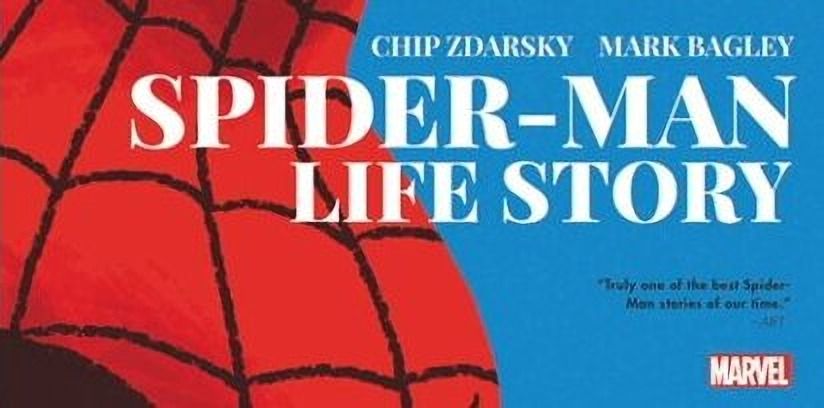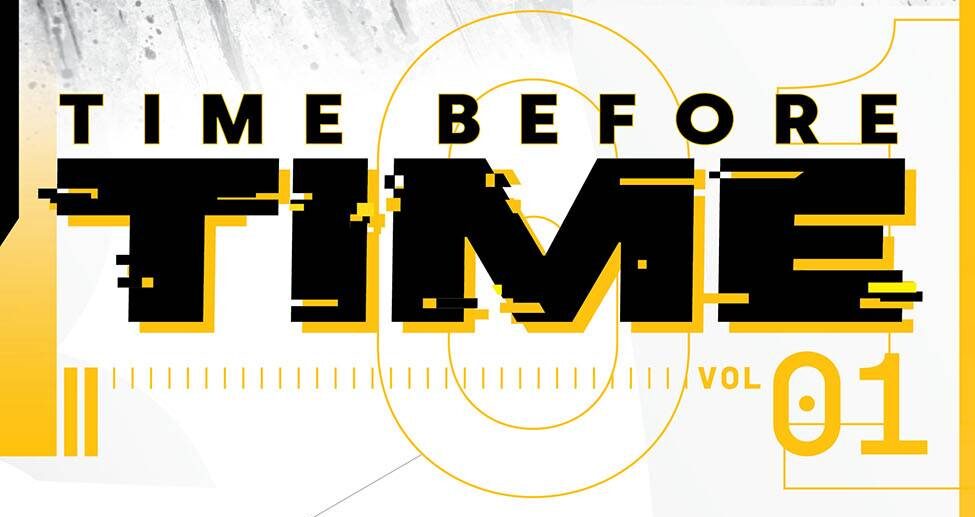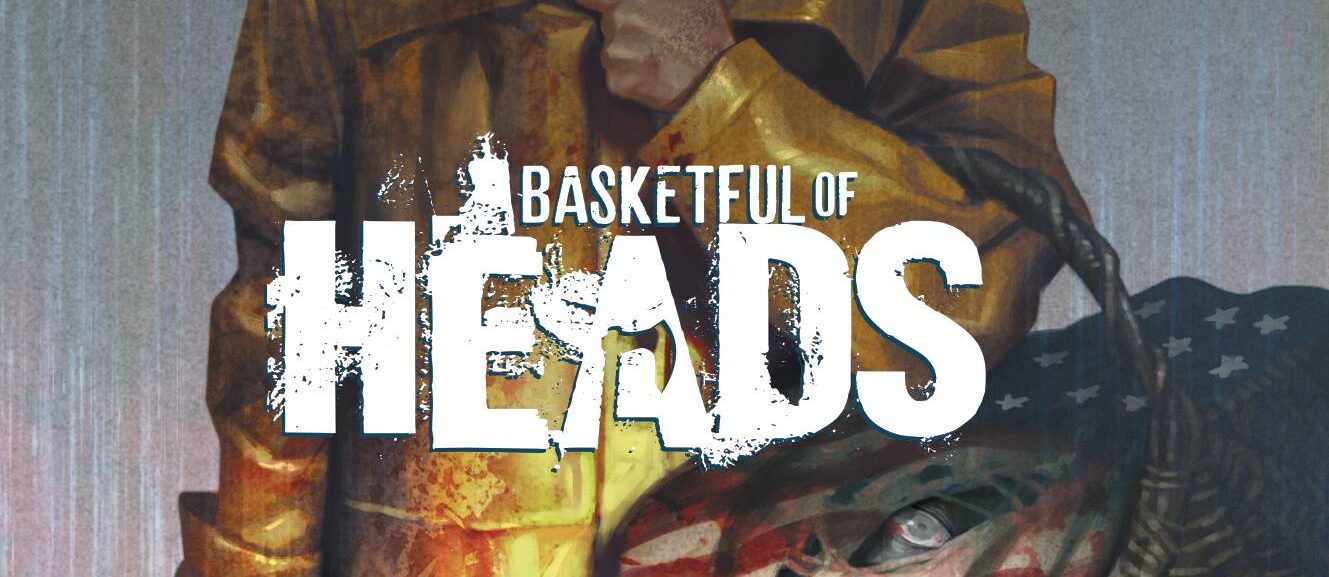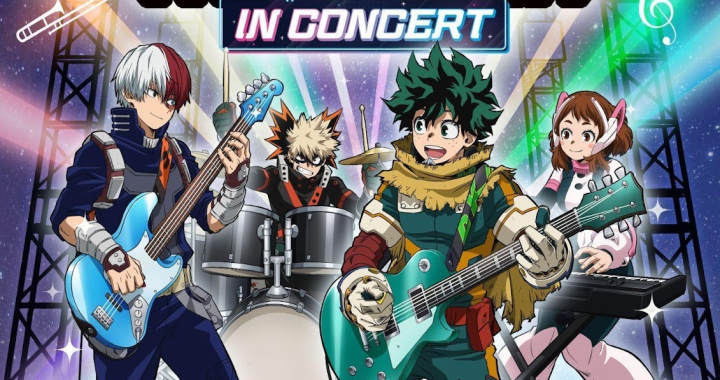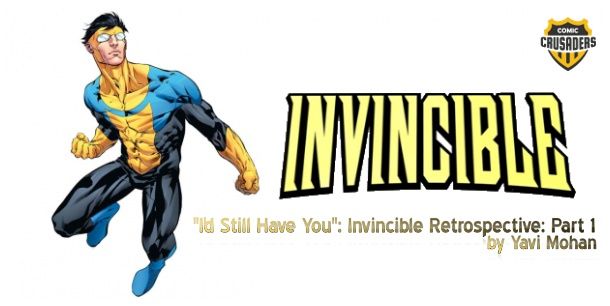
“I’d Still Have You”: Invincible Retrospective: Part 1
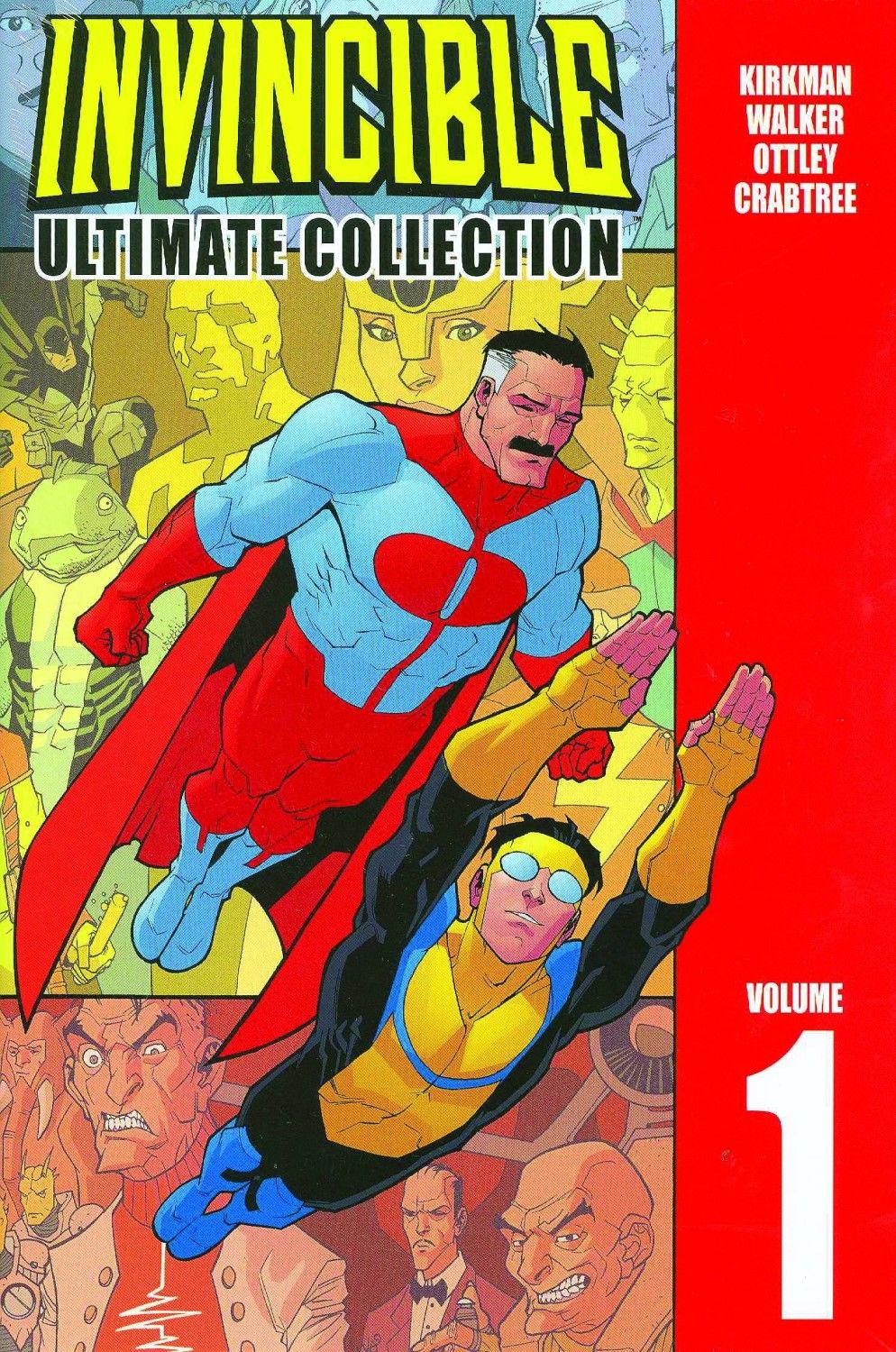
Robert Kirkman is truly living his best life. In the same year that AMC’s The Walking Dead enters its final (ELEVENTH!) season, an adaptation of Invincible has begun. Whilst the superhero story doesn’t have quite as much source material (a paltry 144 issues compared to TWD’s 193), there’s certainly enough to run for years. And fans are hoping it does exactly that; preferably with a little more consistent quality than the zombie show.
Meanwhile, the Invincible show is driving viewers to pick up the comic for the first time. Whilst Amazon has renewed it for a second and third season, who has time to wait for those? After those end-of-season cliffhangers and teases, resolution is just a click away. For others like myself, the adaptation has prompted a full reread. Rereading 144+ issues is no small task, so that’s a testament to the quality of both the book and the show. But whether you’re a first, second, third, or fifteenth-time reader, this series of articles is here as a companion for you. This first one will contain COMIC SPOILERS for Invincible #1-13 (i.e. the first hardcover), and therefore spoilers for season 1 of the show. Discussion of foreshadowing and later comic spoilers (and thus potential future show spoilers) are kept in a separate cordoned-off section for re-readers, at the end of the article.
We start off all the way back in January 2003. The creative team is Robert Kirkman (writing and lettering), Cory Walker (art), and Bill Crabtree (colors). Kirkman ends up being the only mainstay for the whole series. Walker does the first 7 issues, and another 18 over the course of the years. Ryan Ottley illustrates all other issues, and so has come to be the artist most people associate with the book. Crabtree colors the first 50 issues, after which various other talents rotate in. That’s a discussion for a later article; colorists are a big deal to Invincible fans, and there is much debate over which one did it best.
So what do we get in these first 13 issues? Well, if you’re a show watcher, you get pretty much the whole first season. Does that mean we’re going to get 11 more seasons?! Realistically, no. We’ve already seen some streamlining of key plot points, usually done very well. With the writers knowing the whole saga from the start, we can expect more of this condensing. There are certainly arcs later in the book that would benefit from it.
The storytelling in these issues is fairly decompressed, which makes it quite a friendly book for readers new to comics. Plot and character-wise, it recalls a more adult version of Bendis’s Ultimate Spider-Man; Mark is a wisecracking teenager in the vein of Peter Parker, trying to navigate homework and girls amidst his supervillains. The supporting cast are strong from the start. Where another writer could have gone with a bunch of Big Two pastiches, Kirkman creates unique and original characters with interesting power sets and backgrounds. Villains are more of a mixed bag, but the Mauler Twins stand out as a great concept, made all the better now by hearing Kevin Michael Richardson’s voice as you read them.
In these first issues, the dialogue can be a little awkward at times. Reading early TWD alongside this makes it very clear they’re by the same writer; characters have a tendency to take turns verbalising long streams of thought. Pacing is a little inconsistent, especially compared to the improvements the show has made in this regard. This does, however, make it all the more shocking when Omni-Man slaughters the Guardians of the Globe after a few issues of fairly standard superhero fare. It was brave of Kirkman to delay that twist a little; it isn’t even contained in the first trade paperback. From that point on, it’s only a few issues until Omni-Man’s endgame is revealed, so there’s not too much buildup of suspense.
The art is good, and full credit to Cory Walker for co-creating so many of these iconic characters. But his work doesn’t really touch the artistic greatness that Ryan Ottley will achieve further down the line. Nor, for that matter, does early Ottley. When he takes over in issue #8, it’s very clear that he’s trying to replicate Walker’s character designs. If I hadn’t known that was when the switch happened, I wouldn’t have noticed. This works to the book’s advantage, however. Rather than the jarring change in art that so many long-form series have suffered, we get Ottley easing from Walker’s style into what will become his own. This evolution begins in issue #10 with Omni-Man’s fight against the resurrected Immortal, continuing into Ottley’s vision of Viltrum in #11 and really taking off with Omni-Man vs Invincible in #12.
Meanwhile, Crabtree’s colors are bright and fun. As a first time reader, you would have no complaints whatsoever. But, as with Walker vs Ottley, rereaders will look at the coloring on these pages and know that while it’s great, what’s yet to come is near perfection.
The first hardcover is an introduction to almost everything there is to love about Invincible. Emotional story beats, vibrant (and violent) art, mind-blowing plot twists, complex characters, tons of humour. And pretty much all of these things improve as the book goes on. If you read this far and aren’t enjoying it? It’s probably not the comic for you, but I’d still at least give Ryan Ottley a few more issues to hit his stride artistically. But if you’re loving it this far, then the good news is that it only gets better.
Foreshadowing – FUTURE COMIC SPOILERS!
- A lot of awkward moments between Mark and Eve. And, of course, her floating outside Mark’s window visibly distraught to see him with Amber.
- The Flaxans! Did Kirkman intend from the start for them to be so important and frequently recurring? Or were they just a throwaway joke to show what Nolan typically deals with?
- The Reanimen, or at least one of them. No sign of D.A. Sinclair yet. The first appearance of a Reaniman is clearly to set up their key arc with Sinclair and Rick Sheridan.
- Robot refers to Monster Girl as an “impressive little girl”. No significant hints yet that he is anything more than what he seems.
- Issue #13 of course ends with Allen explaining the struggle between Viltrum and the Coalition of Planets. This is essentially the setup for the book’s biggest storyline.
- Does Mark saying “this is so gay” to William count as foreshadowing?
Author Profile
- Yavi Mohan is a comic writer (and more frequently, comic reader) based in London. He is frequently overwhelmed by the number of comics in his reading list, to the extent that it sometimes delays his reading. This list includes every issue ever published with Spider-Man as the main character.
Latest entries
 Comic BooksDecember 31, 2021Review: Spider-Man: Life Story HC
Comic BooksDecember 31, 2021Review: Spider-Man: Life Story HC Comic BooksOctober 20, 2021Review: Time Before Time Volume 1
Comic BooksOctober 20, 2021Review: Time Before Time Volume 1 Comic BooksSeptember 15, 2021Review: Stray Dogs
Comic BooksSeptember 15, 2021Review: Stray Dogs Comic BooksSeptember 14, 2021Review: Basketful of Heads
Comic BooksSeptember 14, 2021Review: Basketful of Heads
